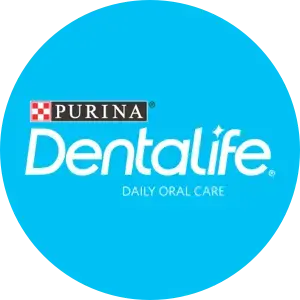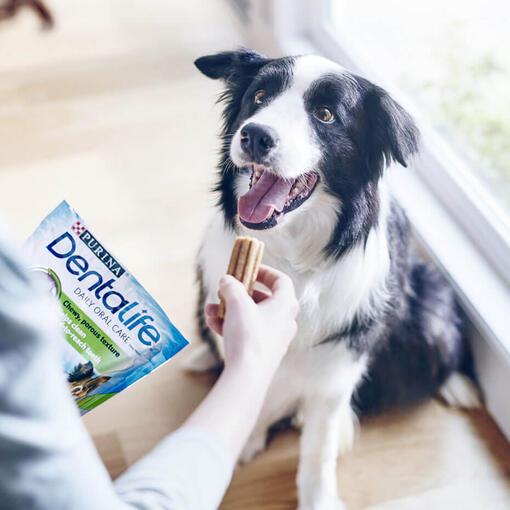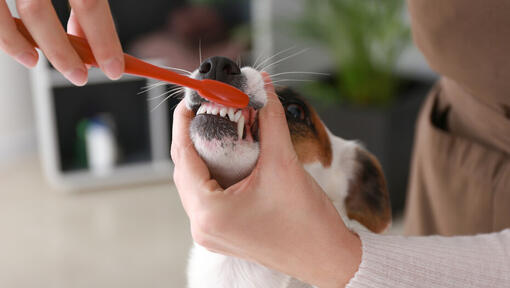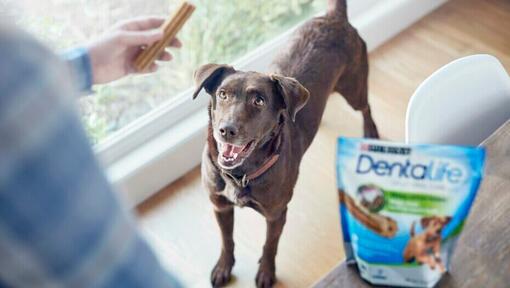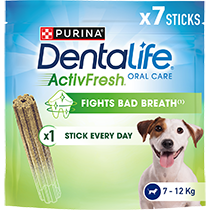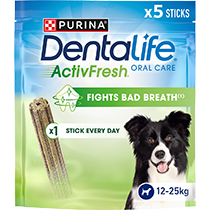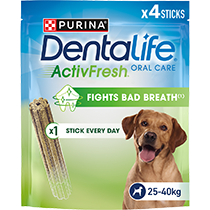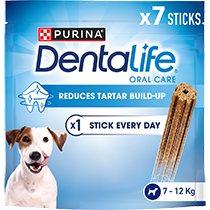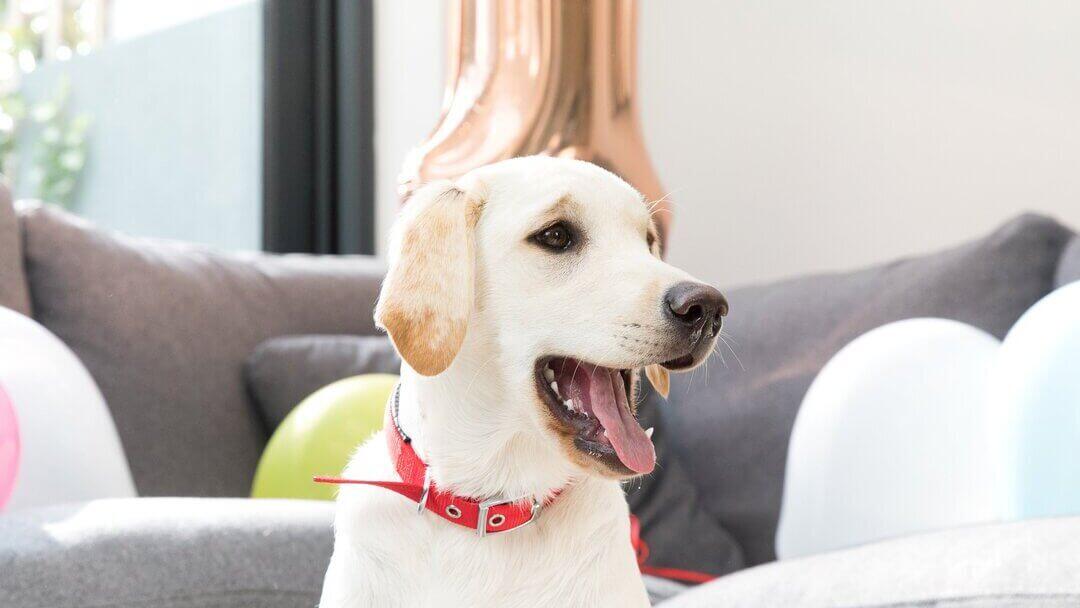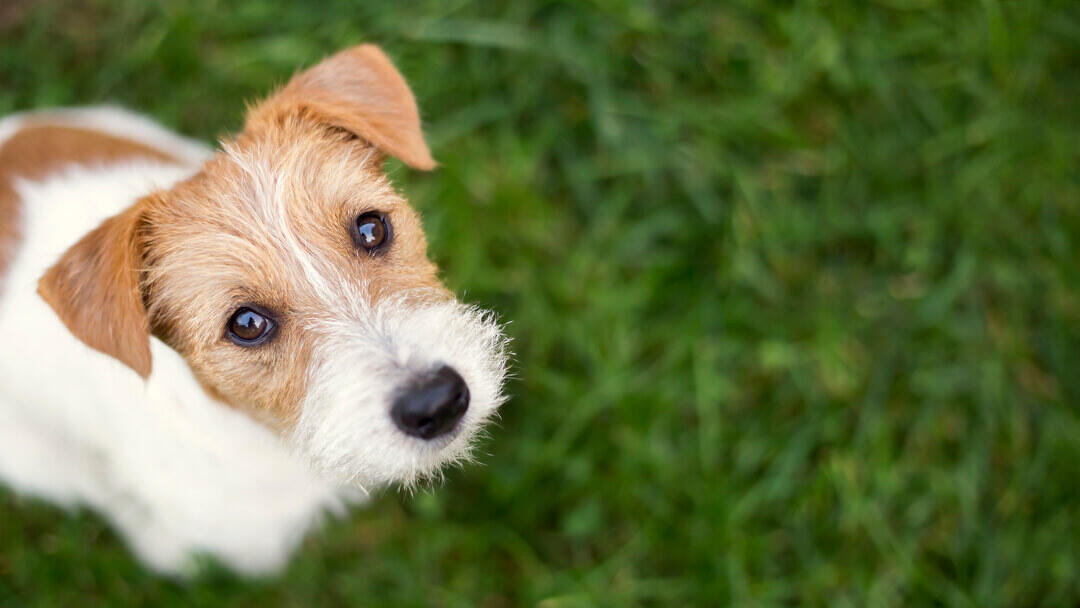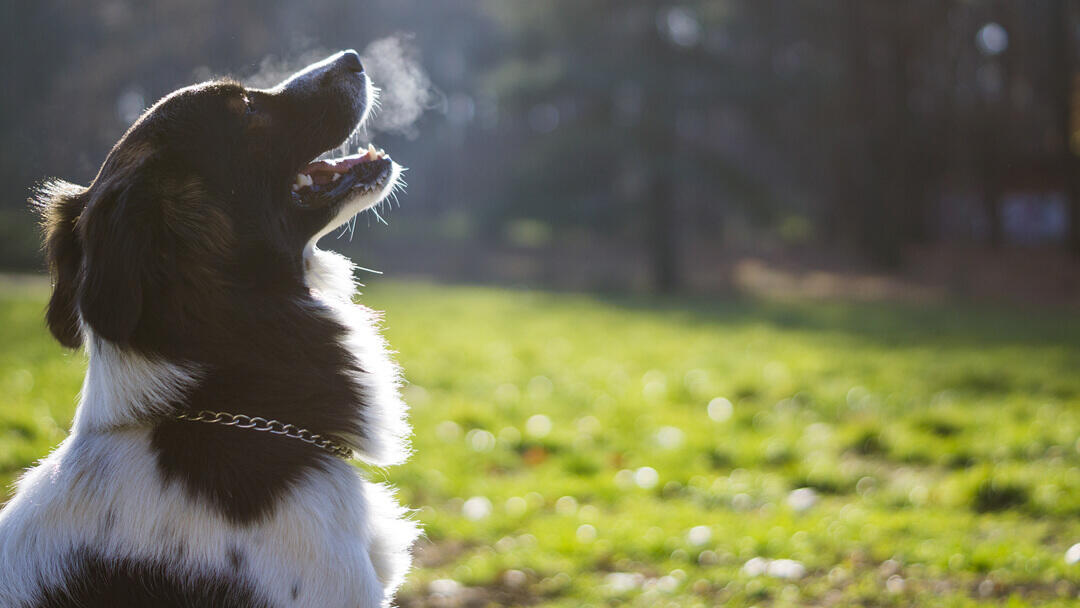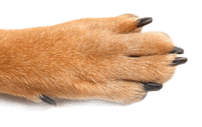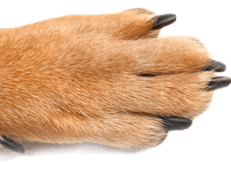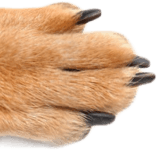How to Clean Your Dog’s Teeth and The Importance of Dog Dental Care
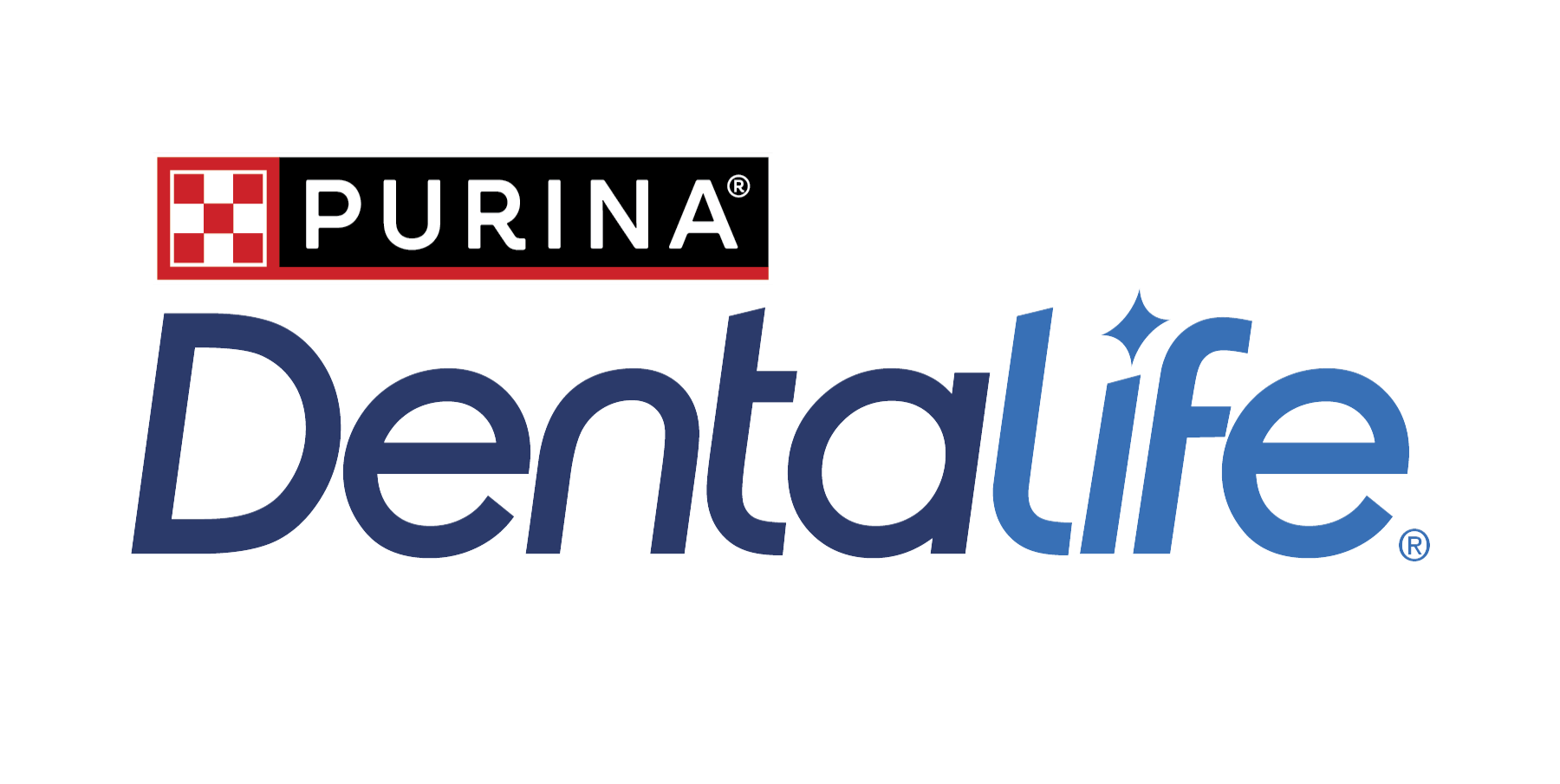

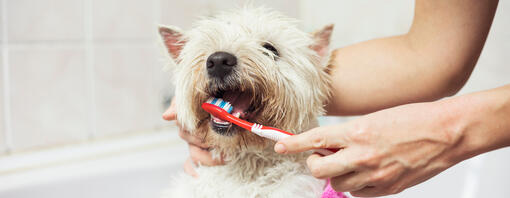
Did you know that dental problems are the most commonly diagnosed health condition in all dogs over the age of three? Just like humans, dogs rely on strong, healthy teeth not only for eating but also for overall wellbeing. Neglecting their dental health can lead to pain, infections, and even more serious clinical issues. The good news is that with proper care, you can prevent many of these problems. In this guide, we’ll explore why canine dental care is essential and walk you through the best ways to keep your dog’s teeth clean and disease-free.
A Step-by-step Guide on How to Clean Your Dogs’ Teeth
Keeping your dog's teeth clean is important, as it can prevent the build-up of plaque and tartar. If left plaque can quickly combine with minerals in your dog’s saliva to harden and turn to tartar.
Tartar can irritate your dog’s gums and provide a rough surface to harbour more bacteria, causing gingivitis (a swelling and reddening of the gums) and can lead to discomfort and bad breath – which you’ll probably notice! Keeping your dog’s teeth clean can help remove plaque before it can turn to tartar.
Make sure you check your dog’s teeth every day and aim to give your dog's teeth and gums some attention at least 3-4 times a week. Follow these tips for effective dog dental cleaning and care.
Like all handling and life skills, this is something that should be introduced at the very start of your puppy’s life. If you can teach your puppy to be happy with you handling their muzzle, looking at their teeth, and having your fingers rubbing their gums, when they’re young, it will make it brushing teeth and dental care so much easier.
Once your puppy is happy being handled around their muzzle and face, you can start to introduce tooth care. Pick a time when your puppy is calm and quiet. While you are handling them or grooming them, start by simply lifting the lips on either side of their mouth. Introduce this regularly into your grooming routine. Once they are comfortable with this, you can start to rub your finger along their gums to get them used to having your fingers in their mouth.
You can get rubber finger covers with nubs on one side and using these, you can progress to rubbing their teeth and massaging their gums. These finger covers will help clean their teeth and get them used to dental care without being seen by the puppy as a fun object to play with! You want the experience to be totally stress-free, so keep each session short and don’t try to do all the teeth every time.
Once your puppy is used to this, you can add dog toothpaste (not human!) to the finger cover. These are usually meat flavoured so dogs often enjoy them. Concentrate on the outside of their teeth, where plaque is most likely to build up, and praise your puppy throughout. Give them a treat after every session to build positive associations with tooth care.
Once your dog is happy having their teeth cleaned with a rubber finger, you can move on to a brush. While the rubber fingers work well, it’s difficult to get down to the gumline and into all the nooks and crannies without being accidently bitten. A brush makes this much easier.
Introduce this in the same way you did the rubber finger (and to start with hold the brush close to the head so it doesn’t seem so intimidating – or else like a toy)!
Once they are happy with the brush around their gums and teeth, you can use it to clean their teeth. Soak the toothbrush in warm water and apply to the teeth with the brush head at a 45-degree angle, so you can focus on reaching under the gum line where their teeth and gums meet. Stroke up and down gently, in even movements, with only a little pressure.
Finding the right toothpaste is important. These are specially formulated for dogs, with flavours that appeal to a dog’s tastebuds include meat, and malt – yum! Just as you wouldn’t want to use dog toothpaste, your dog should never use human toothpaste either. Human toothpaste contains ingredients that are not meant to be swallowed – but you can’t tell your dog to spit! These ingredients when ingested can cause an upset stomach and are often toxic for dogs.
Without a proper introduction, most dogs will object to you fishing in their mouths! Take time to introduce this important part of dog care. With patience and time you will be able to persuade them to have their teeth brushed.
As well as brushing, there are other things you can incorporate to enhance dental care. such chew toys and specially formulated dental chew products designed to reduce tartar and massage the gums. There are also additives you can add to your dog’s diet but consult your vet before starting any of these.
Dogs who are fed exclusively on a soft diet with no crunching and gnawing, will need far more intensive dental care as their teeth are not being cleaned naturally as they chew. Be careful however with your choice of chews as some are too hard and can crack or break teeth.
If you rescue a dog who already has dental issues, talk to your vet. This is a painful and potentially serious issue. Your vet can clean and scrape your dog’s teeth under anaesthetic – and then you can take over tooth care to make sure they stay clean and healthy.
What happens if I don't take care of my dog's teeth?
Neglecting your dog’s dental health can lead to painful oral diseases that affect their appetite, metabolism, and overall wellbeing. Plaque, a sticky film of bacteria, quickly builds up on their teeth and, if left unchecked, hardens into tartar, causing inflammation and infection.
Over time, this can progress to severe dental diseases, leading to pain, tooth loss, and even infections that may spread to vital organs like the heart, liver, and kidneys. Regular dental care, including brushing, dental chews, and vet check-ups, is important to prevent these issues.
Common Dental Problems and Diseases in Dogs
Dog Dental Problems
- Plaque and Tartar buildup: The accumulation of a sticky film of bacteria and hardened deposits on the tooth surface.
- Tooth fractures: Breaks or cracks in the tooth enamel or dentin.
- Misaligned teeth (malocclusion): Improper alignment of the teeth, leading to overcrowding or bite problems.
- Overcrowding of teeth: Teeth that are too close together.
- Cavities in Dogs – Less common in dogs but can occur due to bacteria or inappropriate diet breaking down the enamel, leading to painful tooth decay.
- Halitosis / Bad Breath in Dogs – Often a sign of underlying dental disease, caused by bacteria and decaying food particles in the mouth.
- Certain breeds have inherited dental issues.
Dental Diseases in Dogs
- Dog Gingivitis – Early-stage gum disease caused by plaque buildup, leading to red, swollen, and bleeding gums.
- Periodontal Disease in Dogs – Advanced gum disease where tartar causes gum recession, tooth loss, and potential jawbone damage.
- Gum Disease – A broad term covering infections and inflammation in the gums, often resulting in pain, bad breath, and difficulty eating.
Maintaining your dog’s dental hygiene is important to preventing these problems and diseases, ensuring their long-term health and happiness.
When to seek professional help from a vet?
As part of your dog’s annual health check, your vet will look at their teeth and gums but if you have any concerns, ask for a full dental check-up.
Your vet will look at several different areas to make sure your dog’s mouth is a healthy as it can be. This includes examining your dog’s face and head to look out for any asymmetry, swelling or discharges.
They will look into their mouth and check the lining of their lips, the surfaces of their teeth and gums, the hard-to-reach inner surfaces of their teeth and gums as well as their tongue, palate, tonsils and the area underneath the tongue.
If your dog's teeth have tartar build up your vet may recommend that this is removed, and their teeth polished, under anaesthetic. This professional dental cleaning procedure might include:
- Flushing their mouth with an antibacterial solution.
- Cleaning their teeth with handheld and ultrasonic scalers to remove tartar from above and below the gum line.
- Using a disclosing solution to show any areas of remaining tartar – and then removing it.
- Polishing their teeth to remove microscopic scratches.
- Inspecting each tooth, and the gum around it, for any signs of disease.
- Extracting any teeth that are beyond repair.
- Once your dog’s teeth are spick and span your vet will then advise you how you can keep them that way. By cleaning your dog’s teeth at home, you can take on the responsibility of their regular dental care, improve your dog’s health and wellbeing, cut down on vet visits and help keep your dog’s teeth and breath squeaky clean!
A chew a day: Dentalife's dog chews designed for dental care
Dentalife dog dental chews can be a great addition to your dog's dental care routine. The chewy porous texture and ridged design has been specially created to ensure a thorough clean that reaches even their back teeth – which are most prone to developing tartar and plaque. These dog dental chews are scientifically proven to help reduce tartar build-up when used daily, ensuring that their teeth and gums are kept in tip top condition. Plus, they’re flavoured with tasty chicken, so your dog is bound to find them completely delicious.
Start your dog’s daily oral care routine with Dentalife dog dental chews – scientifically proven to reduce tartar build-up for healthier teeth and gums.
If you're looking for more dog hygiene and grooming tips, read our dog grooming guide, next.
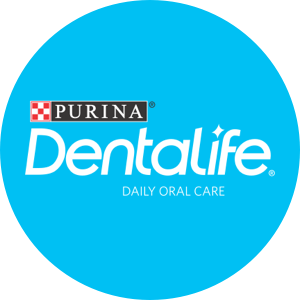
Shop the Dentalife Dog range:
Related articles by Dentalife
